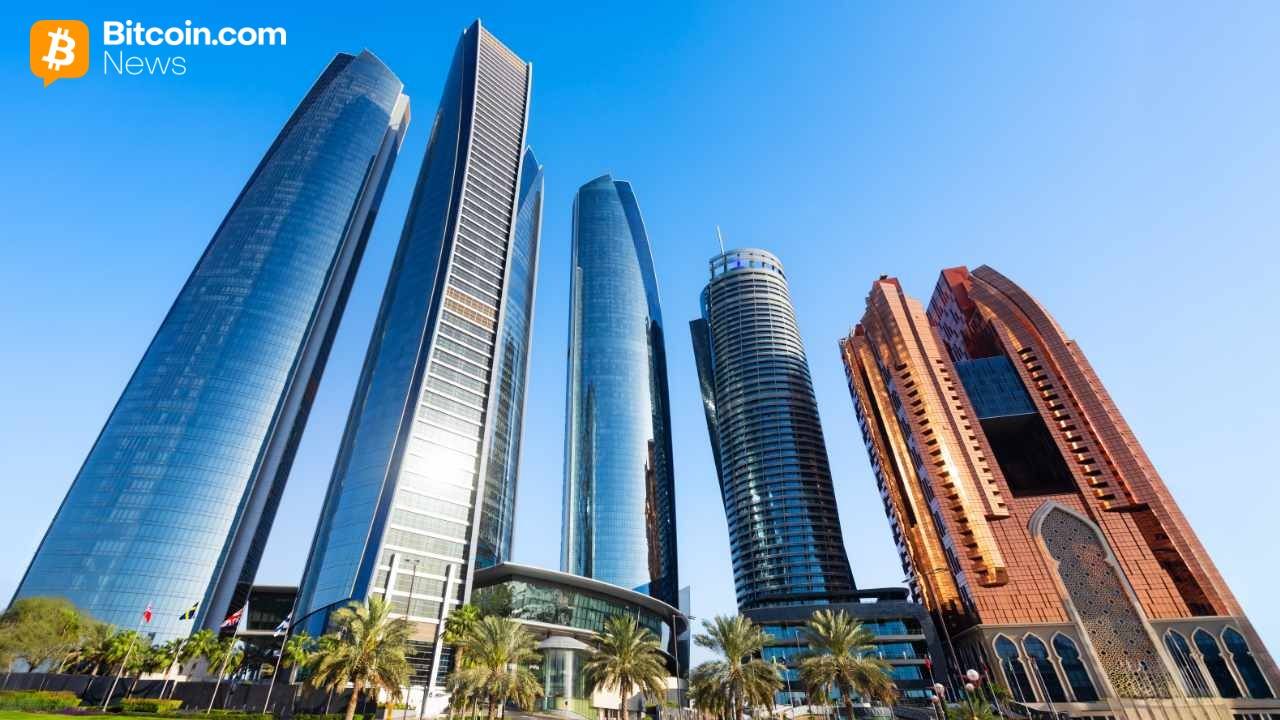Yet over these 20+ years, markets have taught me one thing:
Wealth isn’t made by chasing the star of the show.It’s made by owning what gives the star its power.
Just like the gold rush of the 1800s, the miners bought dreams, but the pick-and-shovel makers built dynasties. The investors who understood this captured the invisible advantage. Today, that invisible advantage is a humble metal we walk past every day: copper. Underneath every AI breakthrough and every electrified innovation lies a copper wire, quietly carrying power to the future.
Copper doesn’t trend on social media. It doesn’t grab headlines. But even the most advanced AI model stays useless until electricity flows and copper is what carries that flow.
Think about this: a single hyper-scale data centre uses more power than a small city. Every watt travels through copper-heavy cabling, transformers, and cooling systems. As technology becomes smarter and more distributed, our dependence on copper doesn’t plateau; it rises.
Electric vehicles need two to three times more copper than petrol vehicles. Charging stations add another layer of demand. And renewable energy, though clean at source, relies on copper-driven networks to transmit power into homes, industries, and economies. Copper is everywhere… which is why it is so easy to ignore.
 ETMarkets.com
ETMarkets.comA shift in demand without a matching shift in supply
The demand picture is clear. The supply picture is not. Major mines are ageing. Ore grades are falling. Approvals that once took months now take years. And production remains concentrated in just a few regions, particularly Chile, Peru, and DR Congo, where political and regulatory uncertainty can tighten the market overnight.
 ETMarkets.com
ETMarkets.comNote: Million Metric Tonnes (MMT) Source: mining-technology.comChina adds another layer; it refines a major share of the world’s copper. So even when ore is mined elsewhere, it often relies on China before becoming usable metal. Structural imbalance isn’t a forecast; it is already forming.
 ETMarkets.com
ETMarkets.comThese factors don’t guarantee a one-way rally, but they do suggest a decade where tight supply and rising strategic value travel together more frequently.
India’s ambition depends on metal, not just code
India is aiming for high AI leadership, EV penetration, renewable acceleration, semiconductor momentum, and a powerful digital economy. These goals will define our future. But none of them move forward if copper supply stumbles. Any shortage directly increases project costs and slows down economic progress.
To secure our ambitions, we must focus on three priorities:• Access to global copper resources• Stronger domestic refining and cable manufacturing• A serious push into recycling and circular metals
If we move early and decisively, India can shift from dependency to influence, becoming a competitive force in Asia’s copper ecosystem.
A clearer path for investors
AI deserves excitement — it represents breakthrough innovation. But its most celebrated companies already reflect a future priced into their valuations. Copper, meanwhile, powers that same AI revolution data centres, automation, and electrification, yet remains valued far more modestly.
This isn’t about avoiding AI. It’s about investing in the backbone that AI and the broader economy cannot advance without.
Short-term volatility may test patience, but the structural direction remains intact. For investors who look beyond noise and focus on fundamentals, copper offers a grounded way to participate in the next decade of transformation without paying a premium for hype.
(The author, (Disclaimer: Recommendations, suggestions, views, and opinions given by experts are their own. These do not represent the views of the Economic Times)

























